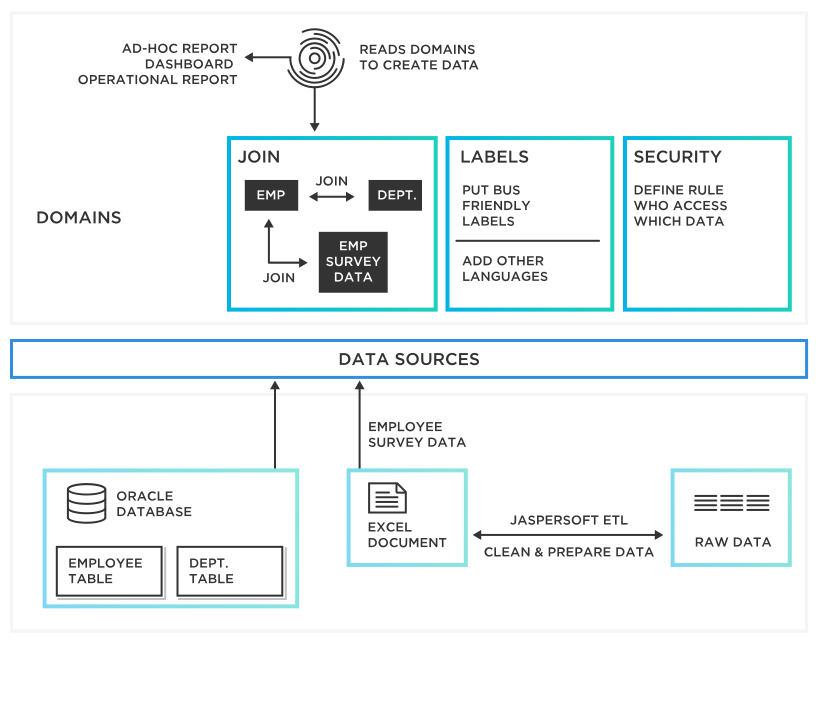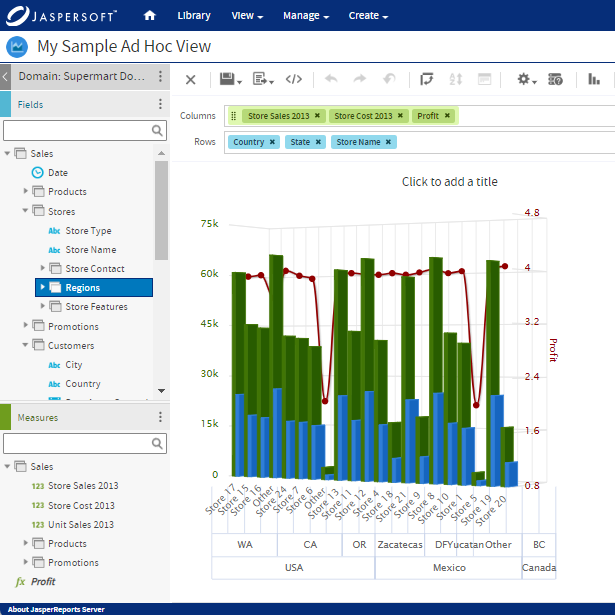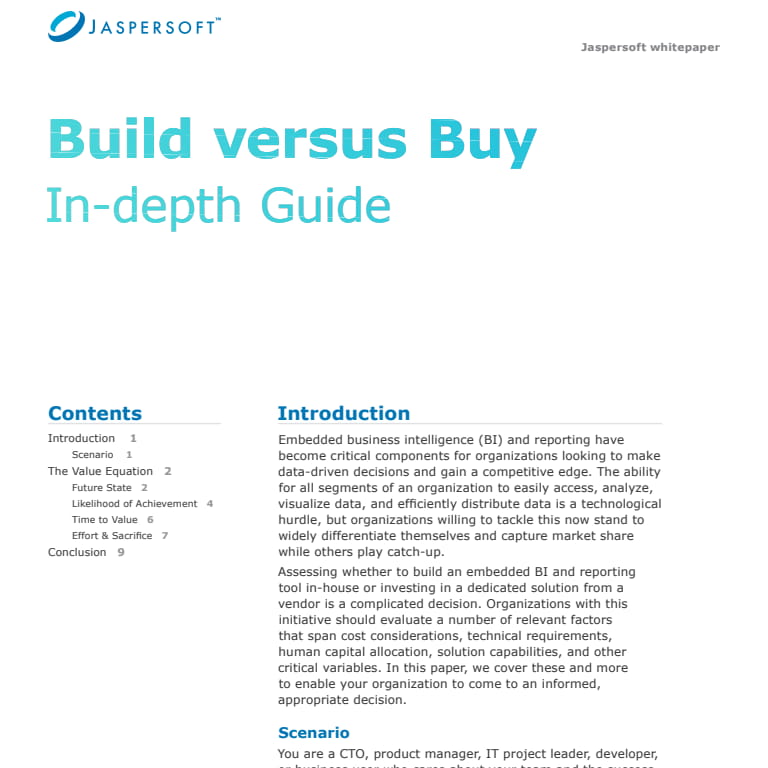What is Data Modeling?
Data modeling is constructing a visual representation of parts of an entire information system. This goal is to show the relationships between structures and data points, data grouping and organization formats, and the attributes of the data itself.

In a sense, data modeling is how data requirements within a business undergo definition and analysis.
The process is crucial for supporting diverse business processes within the different dimensions of matching information systems in organizations. In this regard, data modeling in business needs the coalescence of various stakeholders involved in the decision-making process and parties affected by the business decisions.

Current Data Modeling Status and Requirements
There are six prominent data modeling examples: entity-relationship, hierarchical, network, relational, object-oriented database, and object-relational models. These models have different uses and are applied by businesses according to the type of need at hand.
Entity-Relationship Model
Entity-relationship model databases have their basis on entities from reality, defining and explaining the relationships between them. For instance, a sailor can be considered an entity, and the working hours of the sailor can be regarded as an attribute. The database model will identify the relationship between the entity and attribute based on the defined parameters.
Hierarchical Database Model
Correspondingly, a hierarchical database model arranges the relevant data in a tree, with a single root from which different branches diverge. Consequently, the relationships between the various pieces of data split with the movement away from the source. For example, the root of a hierarchical data model can have the general term patient. In contrast, the deviations away from the core will have branches of the different types of patients, such as cardiovascular, cancer, orthopedic, maternal, and dental.
Network Database Model
The network database model utilizes nodes and seeks to define the relationships between the interconnected nodes. The model implements a graphical data arrangement system in which 'child' nodes are defined as members having links to 'parent' nodes called owners.
Relational Database Model
Relational data modeling arranges data in tabular form: the tables catalog attributes and different entities within the rows and columns. The result is that the tables can identify the relationships between separate entities.
Object-Oriented Database Model
An object-oriented database model treats a database as a collection of objects with interrelated features and modes of classification. The best example of this data model is real-time systems within engineering and architecture that use 3D models. For instance, ArchiCAD is computer software in architectural design that seeks to manage the entire building process from creation until completion.
Object-Relational Database Model
An object-relational database model is a form of data modeling that combines the features of two different models into a single example. It is a conglomerate of relational database and object-oriented database models. Consequently, the model combines the ease-of-use characteristic of the relational database model with the highly advanced functionality characteristic of the object-oriented database model.
What is the Value of Data Modeling to Organizations?
Businesses need data modeling to meet a range of different needs. There are three main types of business needs:
- Business goals refer to the objectives that businesses have set to realize targets such as higher market share and better profitability.
- Business requirements refer to the necessities needed so that a business can function optimally. Examples of business requirements are financial and human resources.
- Finally, business problems refer to hindrances and obstacles faced by firms that deter them from realizing their objectives. Examples of business problems are strikes that happen which cut down the total output of the workforce.
Data modeling can meet all these three types of business needs. These needs can be met through the three types of data models, which are conceptual, logical, and physical.
Conceptual Data Model Solutions
Conceptual data models are created specifically to offer definitions for business concepts and their relationships to the rules within databases. There are three essential components of a conceptual data model.
First, an entity defines a real thing that exists in the real world. Within the realm of business needs, the entity could be a specific problem that needs a solution, such as high readmission rates among diabetic patients in a particular hospital.
The second component of the conceptual data model is the distinguishing attribute characteristic of the entity. For instance, the quality of the diabetic patient could be that they are admitted within a fortnight after release from the previous admission.
The last component of conceptual data models is the relationship that connects the attributes of different entities. For instance, the formal relationship between the diabetic patients who are readmitted could be the type of medication they receive at the hospital. In this respect, the conceptual database model has been used to solve the problem of readmission among people with diabetes.
Logical Data Model Solution
Logical data models are created to show the implementation parameters of a proposed system. This model gives a logical map of the different rules that need to be followed and various data structures. When using this model, data elements are defined clearly when structuring them according to their attributes and delineating relationships between the data structures. Logical data models can be implemented in meeting business goals.
For instance, assume an online perfume retailer has a target of 100,000 customers within the next twelve months. The data structures will consist of the different perfumes, the types of clients that prefer the different types, and the means of marketing to these clients through various modes such as mass media and social media platforms. The model will also incorporate monthly targets and standards for assessing whether the targets have been achieved. All these facts will also have the relationship between them determined. The relational database model is the best way to present the relationship between these data.
Physical Data Model Solutions
The main feature of physical data models is implementing a specific database. Physical data models offer the schema through which data is stored within a database. Often, physical data models feature relational databases with associative tables highlighting the relationships between different entries. Physical data models also feature primary and foreign keys that are crucial in maintaining the relationship between additional entries.
As well as this, physical data models can have specific features for database management, such as performance tuning. Physical data models can also meet business needs congruent to conceptual and logical data models. For instance, a business can have human resource requirements and hire other staff with specific skill sets. These different employees' skill sets can be filled into the physical model database, and the relationship between the various employees is espoused.

How is Data Modeling Currently Used?
The main reason to apply data modeling within a company is that it increases its competitive ability. All companies are exposed to the same market factors and forces and likely are aiming to draw similar customers within the same niche. Additionally, companies collect almost identical data if they function under similar conditions. Therefore, the key to success lies in how companies interpret and apply the data they collect in the decision-making process. Specifically, data modeling assists business managers in crafting clear communication guidelines and defining the rules and terms that will bolster success. In this case, the message communicated to different stakeholders is based on an accurate interpretation of actual data.
Benefits of Data Modeling
There are several advantages of data modeling to organizations today.
Less Errors
Data modeling enables companies to document different types of data better and more organized. Resultantly, greater scope for data benefit translates into better performance and less likelihood of errors because of digital devices' more incredible computational abilities than human agents.
Improved Compliance
Data modeling is linked with better compliance with government regulations and statutes. All the data is centralized and easily accessible, making businesses better track their activities and thus determine when they have adhered to (or contravened) applicable government regulations and industrial laws. Therefore, companies should apply data modeling procedures since they will lead to better documentation practices and better adherence to relevant industry regulations.
Better Decision Making
Data modeling confers better decision-making abilities to staff. After performing data modeling, the information is stratified in line with protocols that are useful in identifying trends and loopholes within the data that would have been missed if the data had remained random. Consequently, the employees have a better means of making intelligent decisions based on the trends within the data.
Better Business Intelligence
Better decision capabilities conferred by data modeling also create better business intelligence. By the stratification of data based on attributes, there is an expansion of data capability that enhances the ability of managers to identify trends and new opportunities from the data. For instance, a supermarket can recognize a surge in purchasing a particular brand and lower demand for another brand in the same category. The supermarket will have more stock of the preferred brand and less inventory of the brand with lower popularity among clients.
Challenges of Data Modeling
The main challenge during data modeling is ensuring that data used during analysis correlates to factual events and objects in the real world to give accurate results when used in analytical programs interwoven into extant business processes. Relevant and irrelevant data can be used in a model during the data modeling process, and the information is subsequently passed on to analysis and stratification. Afterward, there will be false relationships in the study of the data. Additionally, data insecurity is a challenge experienced during the data modeling process. Malware can cause loss and distortion of data and cause the need for fresh collection and storage of data. Therefore, data modeling faces the dual challenges of inaccurate representation and insecurity of collected data.
How Can Data Modeling Challenges be Mitigated?
Despite these challenges, there are means through which data analysts can overcome the challenges of data modeling.
The challenge of inaccurate data representation can be much reduced through an intensive data cleaning process before the data is deemed accurate and fit for further analysis. The data cleaning method chosen will ensure that the business data analysts remove all extraneous pieces of information from the data by identifying all relevant data and removing the rest.
Data insecurity should be overcome by implementing data security protocols. For instance, a primary example is that all computers storing company data need to have antivirus software updated daily. Similarly, companies should employ IT experts who regularly monitor company data security.
With reasonable data cleaning practices and data security protocols, most challenges experienced during data modeling are resolved.
The Future of Data Modeling
There are various similarities and differences between structuring data and presenting it. For instance, object-oriented and relational databases all have the same user-friendly characteristics. The user can access the data since the relationships between the different entities have been grouped along with their similarities, making it easier to identify trends within the data.
There is a similarity between entity-relationship, hierarchical, network, relational, object-oriented database, and object-relational models. These database models show the relationship between different entities within a data set. These models aim to present the information through which the user will identify relationships and trends within the data.
However, there are different types of data modeling. The main difference is the way data is presented. For instance, hierarchical data models use nodes as the preferred means of highlighting relationships between the entities. Conversely, relational databases use tables to explain the relationships between the entities. Therefore, data modeling techniques differ mainly in presenting the links within the data set.
Businesses need to embrace data modeling as soon as possible to help meet organizational requirements. The rise of social media platforms and internet of things devices has made data collection easier for companies. This increase in data sources and data collection means that data modeling is now more important than ever so that organizations can fully understand, explain, and access all data required for business analytics and processes.
Data Modeling with Jaspersoft
Related Resources
Jaspersoft in Action: Embedded BI Demo
See everything Jaspersoft has to offer – from creating beautiful data visualizations and dashboards to embedding them into your application.
Ebook: Data as a Feature – a Guide for Product Managers
The best software applications are the ones with high engagement and usage. And those that stick, empower their users to realize the full value of their data. See how you can harness data as a feature in your app.
